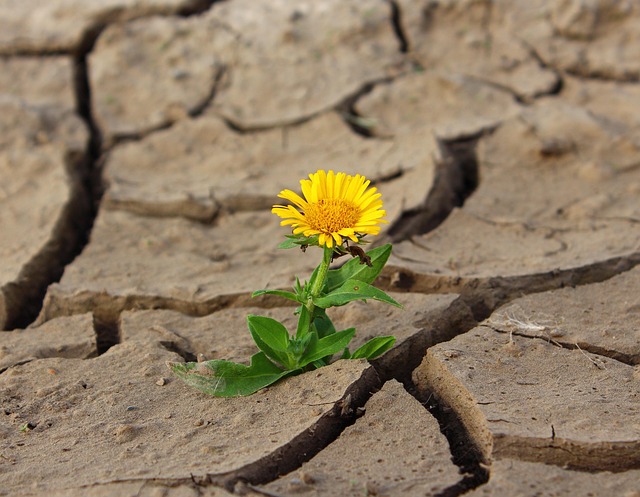Crack Sealing Albany: Transform Your Property’s Exterior
Crack sealing Albany is a vital exterior maintenance step that protects against water damage, prevents deterioration, and enhances curb appeal. It…….
Welcome to an in-depth exploration of a critical process that plays a pivotal role in urban infrastructure maintenance—Crack Sealing Albany. This article aims to dissect the multifaceted phenomenon, offering insights for both industry professionals and curious readers. We will navigate through historical contexts, global implications, economic factors, technological innovations, policy frameworks, real-world challenges, and future prospects, all centered around this essential practice. By the end of this journey, you’ll grasp the significance of crack sealing in maintaining vibrant cities and ensuring public safety.
Crack sealing, specifically in the context of Albany (or any urban setting), refers to a systematic process of repairing and preventing cracks in paved surfaces, primarily asphalt or concrete roads, parking lots, and sidewalks. This method involves applying specialized sealants to fill and seal existing cracks, preventing further water infiltration and damage. The primary goal is to extend the lifespan of infrastructure, enhance safety, and mitigate the costs associated with extensive repairs.
Key Components:
The practice of crack sealing has evolved over several decades, driven by increasing urbanization and the need for cost-effective infrastructure maintenance. In the early 1900s, paved roads were becoming more prevalent, but their longevity was limited due to natural wear and tear and water damage. As cities expanded, the need for efficient and durable paving solutions became paramount.
In the late 20th century, advances in synthetic materials and an understanding of water infiltration’s role in pavement degradation led to the development of modern crack sealing techniques. The early methods involved pouring hot asphalt into cracks, which, while effective, had limitations in terms of accessibility and material cost.
Today, crack sealing has become a standardized practice in urban planning and maintenance, with various sealants and application techniques available, catering to different climates and infrastructure needs.
Crack sealing Albany is not limited to a single region; its impact is felt worldwide, particularly in densely populated cities facing similar challenges. The global construction and infrastructure market’s size, estimated at over $10 trillion in 2020, underscores the universal demand for efficient pavement maintenance solutions.
The global crack sealing market is dynamic, driven by factors such as:
Crack sealing Albany contributes to economic growth in several ways:
The future of crack sealing Albany is poised for significant growth, driven by:
Crack sealing operations are subject to various policies and regulations, ensuring quality, safety, and environmental compliance:
Challenge: New York City’s vast road network faces relentless wear and tear, with over 30,000 miles of roads to maintain.
Strategy: The city implemented a digital crack mapping system, enabling efficient targeting of problem areas. They also introduced heated sealing equipment for faster curing in cold winters.
Outcome: This proactive approach reduced the number of potholes by 40% and extended road lifespan, saving millions in maintenance costs.
Objective: To address rapid crack formation due to extreme climate conditions.
Solution: LA adopted advanced polymeric sealants known for their flexibility and UV resistance. They also integrated computer-aided sealing machines for precise application.
Result: Improved road conditions, reduced traffic disruptions, and enhanced safety for residents and tourists alike.
Goal: Implement sustainable pavement maintenance practices.
Implementation: London introduced water-based sealants and promoted the use of recycled materials in road repairs. They also implemented a waste management system to recycle used sealant.
Achievement: Lowered carbon emissions, reduced environmental impact, and gained international recognition for green infrastructure initiatives.
Crack sealing Albany is a critical process that underpins the longevity and safety of urban infrastructure. This article has delved into its historical context, global impact, economic significance, technological advancements, policy frameworks, and real-world challenges. By embracing innovation, adopting sustainable practices, and fostering collaborative efforts, cities can ensure their roads remain in optimal condition for years to come.
As the world continues to urbanize, crack sealing will remain a vital component of smart city initiatives, ensuring efficient mobility, enhanced safety, and cost-effective infrastructure management.
Q: How often should crack sealing be performed?
A: The frequency depends on various factors, including climate, traffic volume, and road age. Well-maintained roads may only require annual sealing, while heavily trafficked areas might need it every 6-12 months.
Q: Are there any environmental concerns associated with crack sealants?
A: Yes, traditional sealants often emit VOCs, contributing to air pollution. However, the industry is moving towards eco-friendly options like water-based and bio-based sealants to minimize environmental impact.
Q: Can crack sealing truly prevent road repairs?
A: While crack sealing is not a permanent solution, it significantly delays the formation of larger cracks and potholes, reducing the need for extensive repairs. When combined with regular maintenance, it can extend road lifespans by decades.
Q: How does technology improve crack sealing efficiency?
A: Advanced technologies like computer-aided detection systems, heated equipment, and remote monitoring sensors enhance efficiency, reduce material waste, and provide data-driven decision-making for proactive maintenance.

Crack sealing Albany is a vital exterior maintenance step that protects against water damage, prevents deterioration, and enhances curb appeal. It…….

Crack sealing in Albany poses unique challenges due to aging infrastructure and harsh weather, requiring intricate negotiations and assessments. Homeo…….